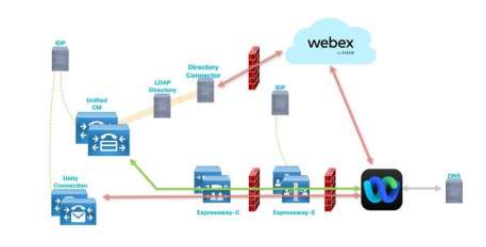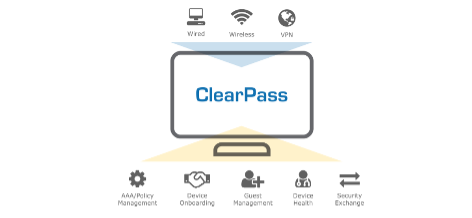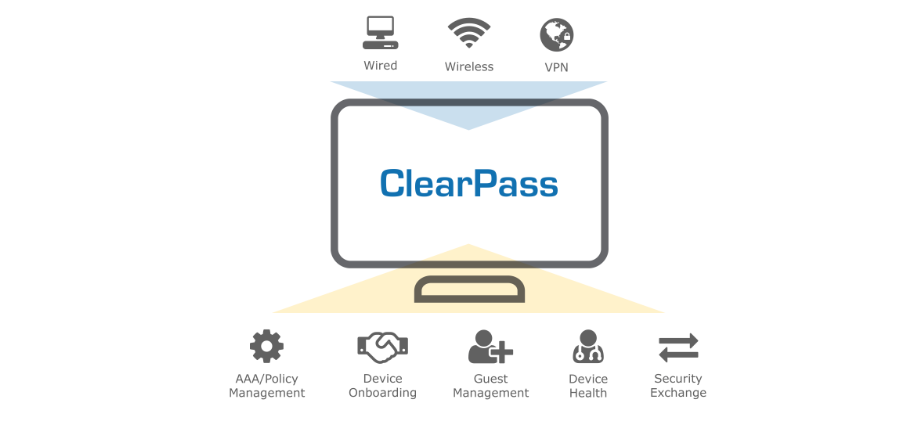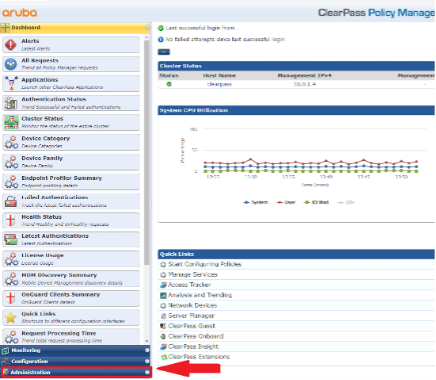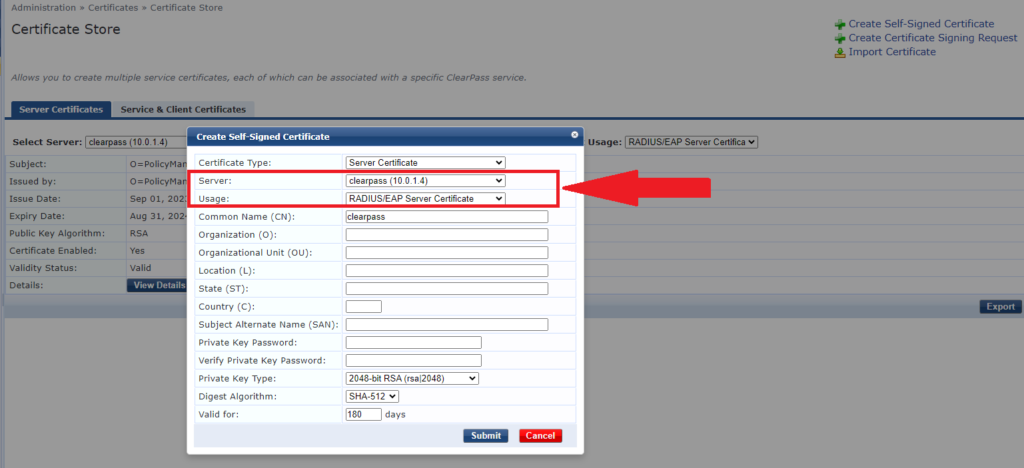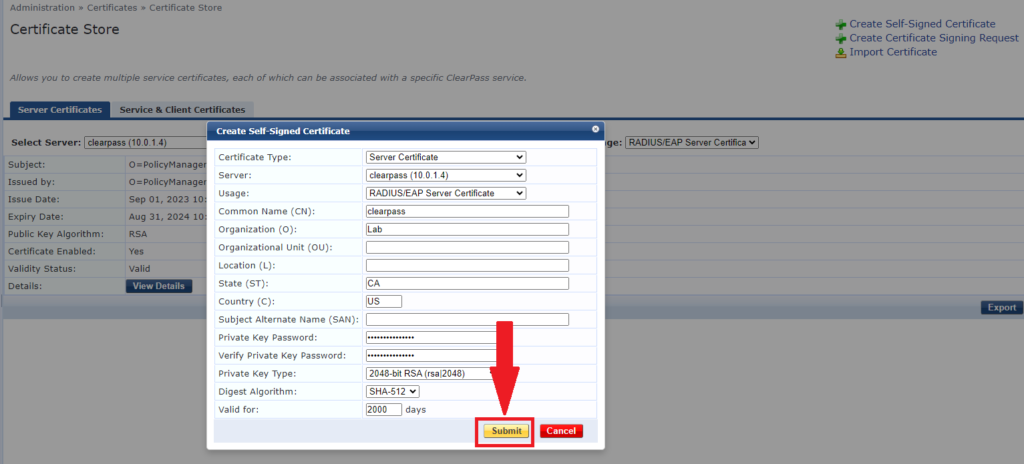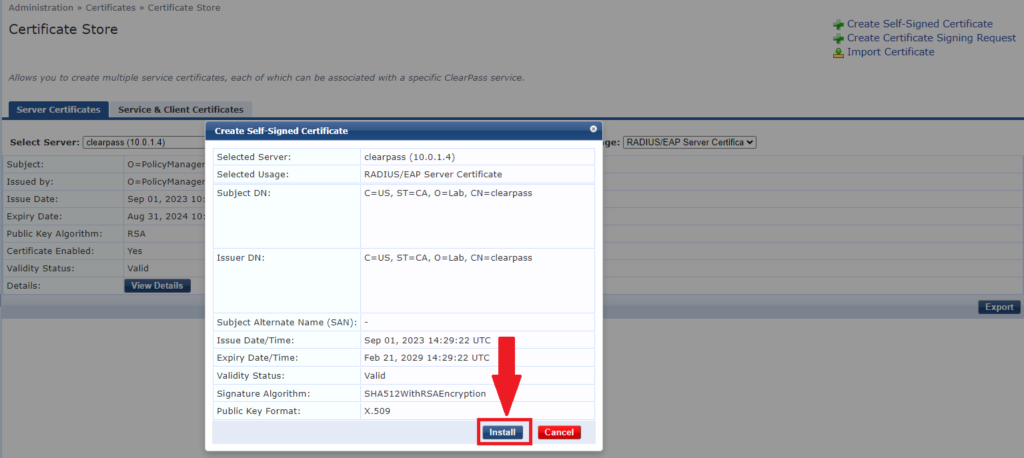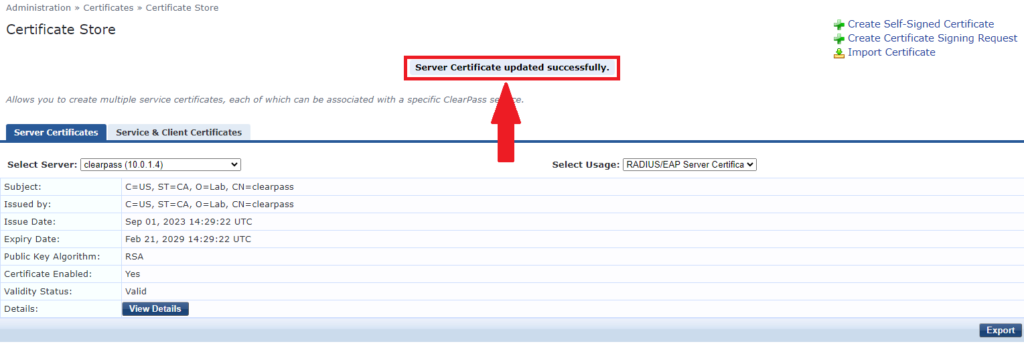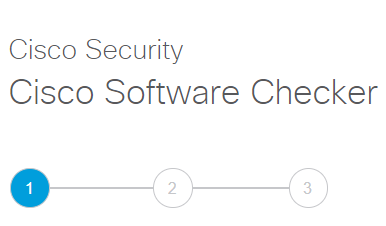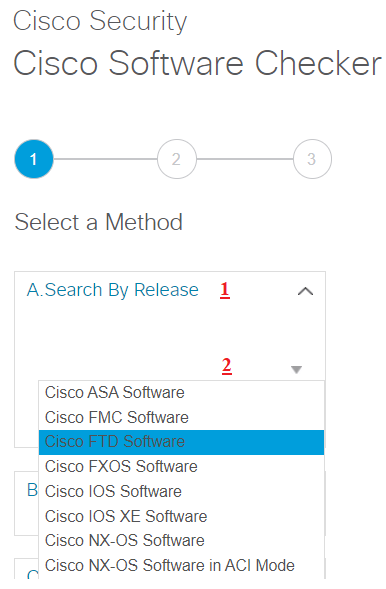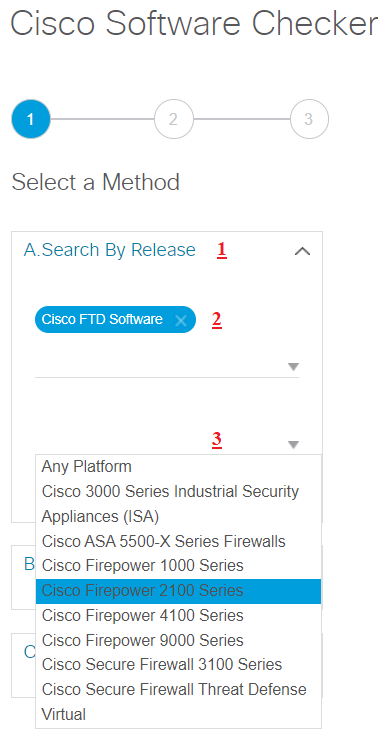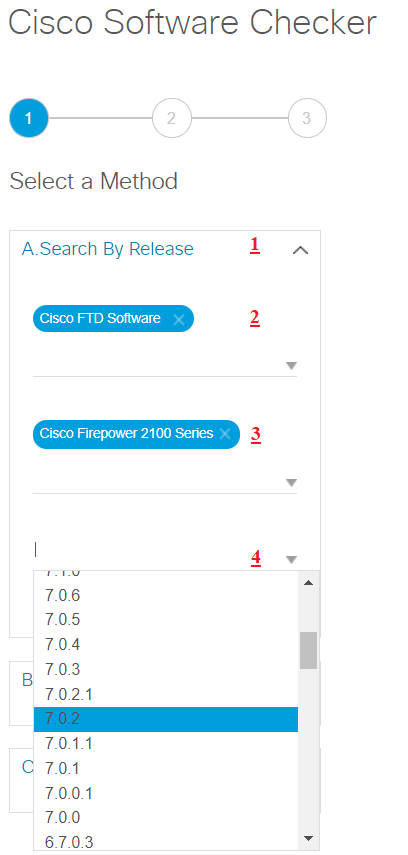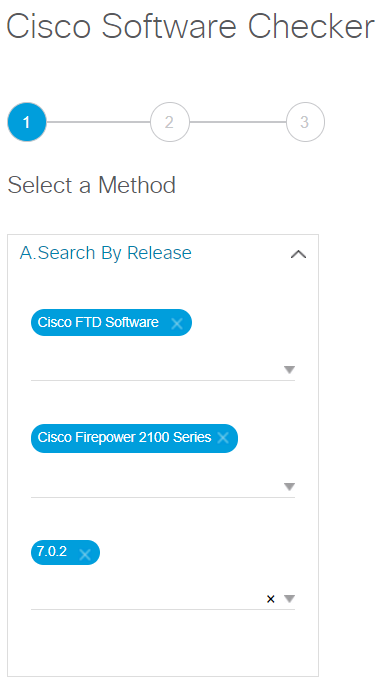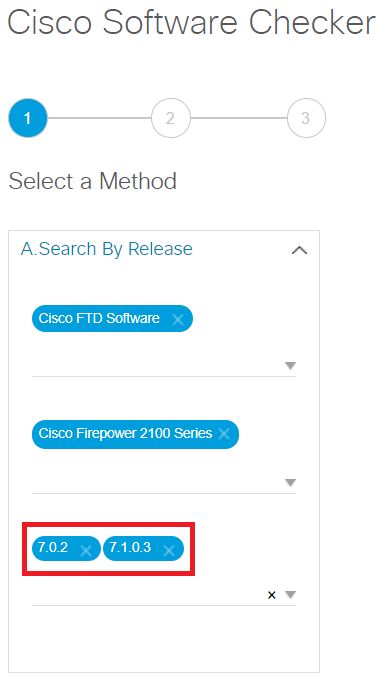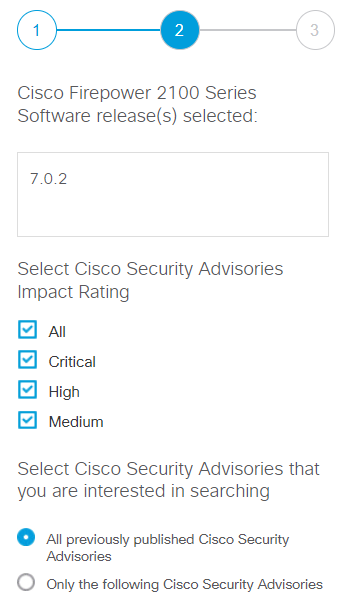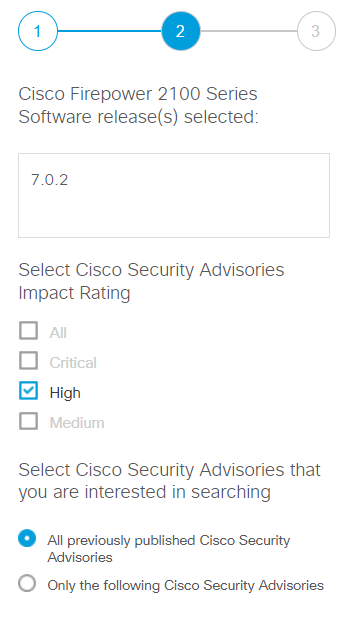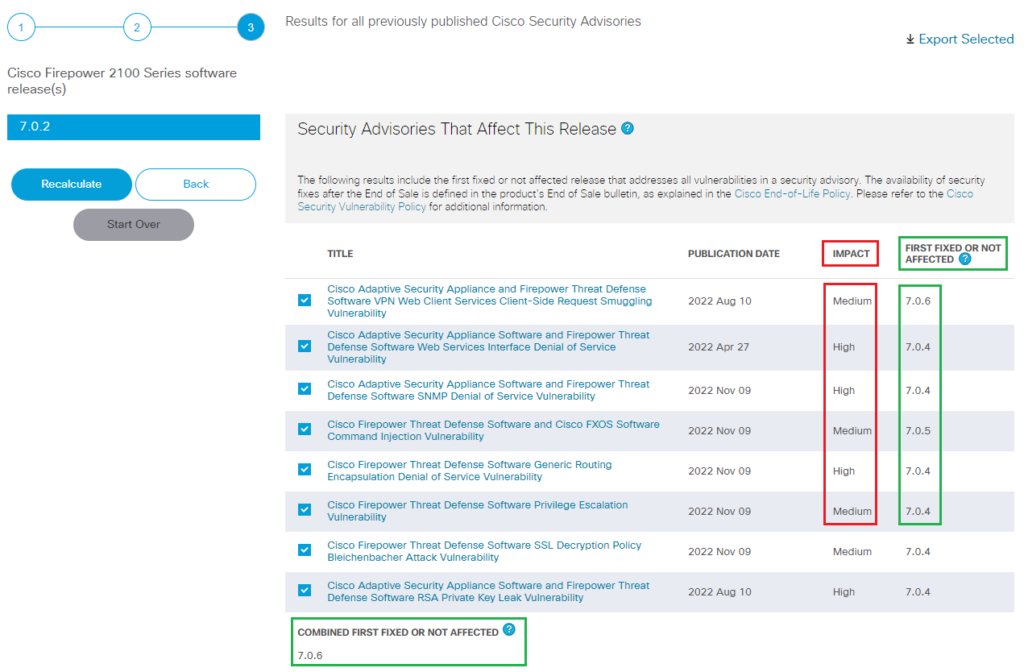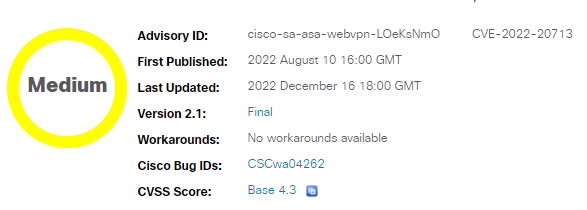Zero Trust Network Access (ZTNA) Best Practices Deployment Guide
Zero Trust Network Access (ZTNA) is a holistic approach to network security that combines multiple layers of protection. It commences with robust user authentication, employs the principle of least privilege, incorporates micro-segmentation to isolate and protect critical assets, and implements continuous monitoring to detect and respond to anomalies. User and device profiling, secure access control, and context-aware policies further enhance security. Secure remote access, an application-centric approach, and the use of secure web gateways and firewalls add additional layers of defense. By adopting this comprehensive approach, organizations can significantly enhance their network security and reduce the risk of breaches and data loss.
Implementing a Zero Trust Network Access (ZTNA) solution is crucial for enhancing network security in today’s digital landscape. Here, we provide a concise summary of the best practices for ZTNA implementation, which are essential for maintaining a robust security posture.
Identifying and Verifying Users and Devices
The foundation of Zero Trust Network Access (ZTNA) lies in robust user authentication, ensuring the security in the digital realm. This security measure involves employing advanced methods, such as multi-factor authentication (MFA) or digital certificates, to unequivocally verify the identity of both users and devices. This two-fold verification process goes beyond traditional username and password authentication, substantially increasing the confidence in the system’s ability to determine the legitimacy of access requests. By utilizing MFA, users are required to provide multiple pieces of evidence to establish their identity, making it significantly more challenging for unauthorized individuals or devices to infiltrate the network.
Least Privilege Access
In the realm of network security, the principle of least privilege is a fundamental concept. It dictates that users and devices should be granted the minimum level of access necessary to carry out their respective functions. This approach plays a pivotal role in minimizing potential damage in the event of a security breach. By restricting access to only what is essential, the attack surface is significantly reduced. Even if a malicious actor manages to compromise an account or device, the extent of the damage they can inflict is curtailed, as their access is limited to a narrow scope.
Micro-Segmentation
Micro-segmentation serves as a potent safeguard within the ZTNA framework. It involves dividing the network into smaller, isolated segments or zones, effectively creating secure compartments. The primary objective is to limit lateral movement within the network. In doing so, the risk of unauthorized access to critical assets is dramatically diminished. This approach isolates and fortifies these assets, rendering them impervious to threats that may have penetrated other parts of the network. Micro-segmentation exemplifies a proactive defense strategy, ensuring that even if a breach occurs, the potential for damage is confined to a specific zone.
User and Device Profiling
In the realm of ZTNA, creating comprehensive profiles of users and devices is a fundamental practice. These profiles encompass a wealth of information, including user roles, behavior patterns, and security postures. This in-depth understanding of the entities seeking access to the network plays a vital role in effective access control. By tailoring access permissions based on these profiles, organizations can ensure that the right individuals and devices have access to the right resources, while also flagging any deviations from the norm for further investigation.
Secure Access Control
The heart of ZTNA lies in dynamic access control policies that adapt to the ever-changing landscape of network security. These policies take into account a variety of factors, such as user behavior and the prevailing risk level. This adaptive approach ensures that security policies remain effective, regardless of the evolving circumstances. Security is no longer a one-size-fits-all approach but rather a finely tuned orchestration that responds to the nuances of each access request.
Context-Aware Policies
Context-aware access policies take the security of ZTNA to a new level. These policies consider a multitude of contextual factors, including the user’s location, the time of access, and the sensitivity of the requested resource. By factoring in these variables, access decisions become more fine-grained and secure. For instance, access to sensitive data may be restricted when a user is attempting to log in from an unfamiliar location, even if their credentials are valid. These policies add an extra layer of protection, enhancing security.
Secure Remote Access
Remote access is a critical aspect of ZTNA, and the approach to it is far from traditional. Rather than relying on conventional Virtual Private Networks (VPNs), organizations are increasingly implementing alternatives such as Software-Defined Perimeters (SDPs). SDPs offer enhanced remote security by dynamically adjusting access based on user profiles and contextual factors. This adaptive approach ensures that remote access remains secure and compliant with the principles of Zero Trust.

